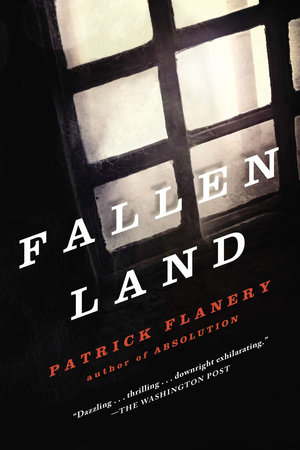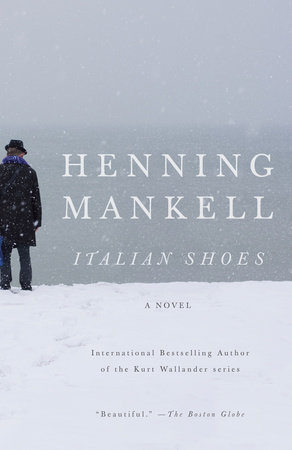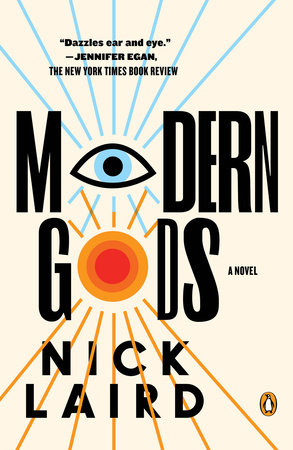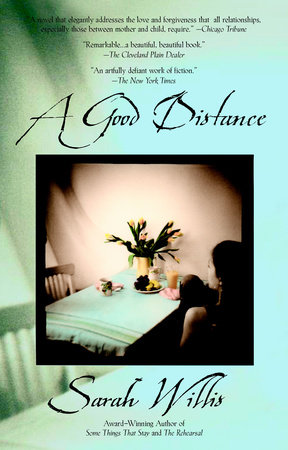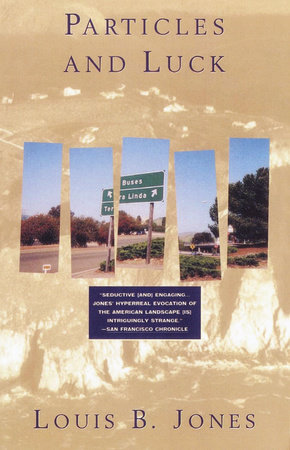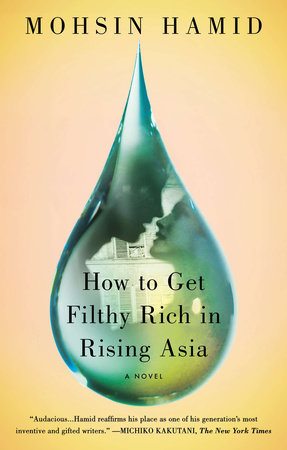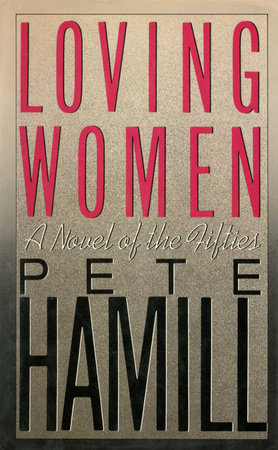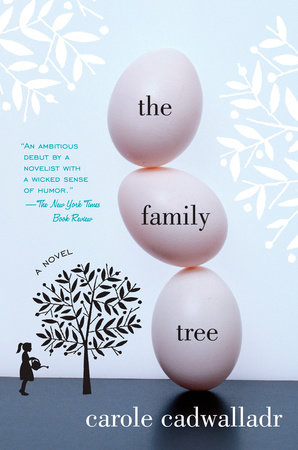“Dazzling . . . thrilling . . . downright exhilarating”—Washington Post
“As in his sterling 2012 debut, Absolution, Flanery balances thriller-novel twists with smart and sincere sociological meditations.”—Wall Street Journal
“Patrick Flanery has fashioned a crumbling 21st-century manor that can hold its own among those authors most sepulchral, allegorical inspirations. . . . We follow Fallen Land on tenterhooks from fearsome opening to shuddery climax, waiting to see what it will do.”—Boston Globe
“Flanery has planted a modern-day bogeyman tale in this fertile ground of suspicion. . . . He has the skill and the vision to transform the darkness that has infected this country into something that walks the earth”—New York Daily News
“[Flanery is a] gifted storyteller . . . manages to both provoke and enthrall in this densely plotted page turner.”—BookPage
“[Flanery] confronts the traumas of American life with poignancy and the gravity they deserve, approaching them with the care required to help weather the storm.”—BookSlut
“This psychological thriller doesn’t stop at suspenseful and chilling, though. Fallen Land deconstructs the American dream to expose its most damning flaws and unsound foundations. The novel is rich in imagery and metaphor, and its conclusions are deeply disturbing. Written with the same elegance and ease demonstrated in Absolution, Flanery’s second novel will keep readers riveted from intriguing prelude to stunning finale.”—Booklist (starred)
“Flanery’s engrossing new novel speaks to modern anxieties through themes of loss. . . . Flanery excels in depicting psychic anguish. Paul is both disturbing and fascinating, and Copley, helpless in the face of his father’s increasing harshness, is eminently sympathetic. The characters’ struggles culminate in a shocking and memorable denouement.”—Publishers Weekly (starred)
“Flanery explores family and social mores, cataloging emotional damage tumbling from generation to generation, all woven into a metaphorical tale about the human cost of bubble economics, the undermining of personal freedoms in the name of homeland security and the ugly consequences of the privatization of public service. . . . Flanery’s dark view of human ambition, weakness and complacency is both thoughtful and terrifying. A haunting, layered allegory.”—Kirkus (starred)
“Flanery gives every character a nuanced inner voice, allowing the reader to empathize with, if not fully understand, the actions of each. This is a tense, gut-wrenching take on the American dream gone horribly awry.”—Library Journal, (starred)
“Like Flanery’s debut, Absolution, Fallen Land is thematically ambitious—the financial crisis and the legacy of slavery are among its concerns—but also thrillingly tense and atmospheric. The author tugs at the edges of his narrative until it assumes exaggerated, Gothic shapes. Comparisons to Nathaniel Hawthorne, to whom there are allusions throughout, would not be extravagant.”—Financial Times
“Now, on the back of his highly regarded South Africa–set debut, Absolution, Patrick Flanery takes up the challenge of what DeLillo calls ‘the American mystery’ in a new novel that also explores the dark shadows cast by history and old lies. . . . In Fallen Land, Flanery has given us a gripping thriller, and a superb portrayal of how ordinary men can veer into madness, but its real power lies in its recognition of the tragic failure of an American dream that should have tried, at least, to live up to Francis Bellamy’s principle of ‘liberty and justice for all.’ ”—The Guardian
“Patrick Flanery’s second novel . . . combines old-style suspense with a chilling picture of modern America. . . . Fallen Land is an ambitious thriller vehicle for a dissection of America. . . Fallen Land impressively examines how thoroughly the American dream has turned into the American nightmare.”—Sunday Times
